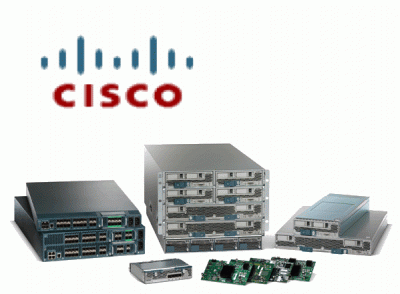Cisco Unified Computing System Review

For IT managers who must pay attention to both virtual and physical resources, the Cisco UCS system is well worth considering
The UCS B200-M1 blade server is a half-width, two-socket system that uses Intel Xeon 5500 series processors and can support up to 96GB of DDR3 (double data rate 3) RAM. Some of my test systems also had local storage. The blade server can accommodate two small-form-factor SAS hard drives that can be 73GB 15K rpm or 146GB 10K rpm in capacity.
The blade servers were unremarkable in performance compared with other Intel Xeon 5500-based systems, which is to say that they were power-efficient, speedy and easily monitored with a number of on-board thermal and power consumption measuring tools.
Chassis
I used a Cisco UCS 5108 blade server chassis during my tests. The chassis is a 6U enclosure that can hold as many as eight half-width servers. (A variant of the UCS 5108 can hold four full-width servers.)
Depending on the type of storage and LAN connection speeds used by the blade servers, the UCS 5108 chassis can be equipped with up to two UCS 2104XP Fabric Extenders. The Fabric Extenders are four-port modules and can be equipped with a variety of either fibre or copper ports.
The chassis provides power, cooling and connectivity between the blade servers and the UCS 6120XP Fabric Interconnect. As will become apparent in the management section of this review, the chassis contributes to the “unified” part of Cisco UCS by slipping into a management domain without adding another discrete management point. As subsequent chassis are added to a Cisco UCS domain, they are managed through the UCS manager without requiring an additional IP address and separate console.